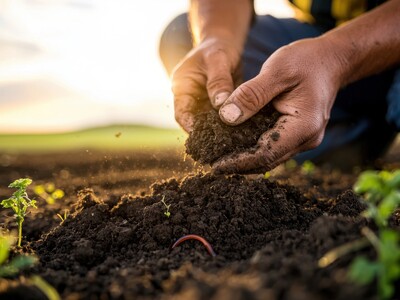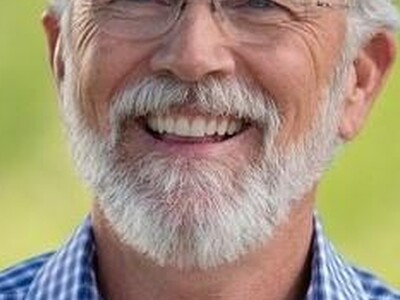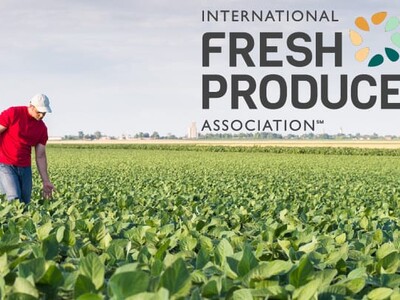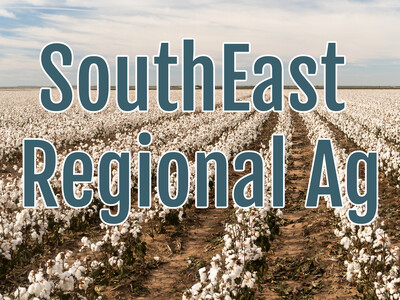Ecotron
A $25 million project on the University of Idaho campus that will allow scientists to conduct studies on one of the last research frontiers – deep soil. – is getting closer to completion.Construction of the facility that will house the U of I’s Deep Soil Ecotron is well underway and, when completed – it’s expected to be operational in 2026 – researchers will use it to explore deep soil research.
U of I researchers were super excited when it was announced three years ago that a $19 million National Science Foundation grant was awarded for the project, said Zachary Kayler, an assistant professor of soil and water systems and co-director of the project.
Now, as the facility is being built and the actual research part of the project is nearing, there is a new wave of excitement, he added.
“This is the second level of excitement,” he said. “We’re getting excited about the research.”
Most soil research currently involves the first foot or so of soil. The U of I’s Deep Soil Ecotron will allow scientists to conduct soil research at depths up to 10 feet.
Scientists currently know next to nothing about deep soil, Kayler said.
“There are important things we need to learn,” he said. “We will find interesting things for farmers.”
There is a lot of biomass beyond the top 30 centimeters of soil that researchers know very little about, said Michael Strickland, an associate professor of microbial ecology and project co-director.
“We want to understand this,” he said. “We don’t have a clear understanding of it. No one’s really done the research.”
The Deep Soil Ecotron will contain up to 24 “eco-units” which will be huge columns used to study soil cores taken from around the state, and they will include above-ground plants and below-ground organisms such as insects and microbes.
Each until will hold eight tons of soil and researchers will be able to control a range of variables inside the units, from temperature to water to exposure to carbon dioxide.
The focus on soil health has exploded in recent years, said Michael Parrella, dean of U of I’s College of Agricultural and Life Sciences.
He said scientists basically know more about life on the ocean floor than they do about deep soil.
Deep soil research “is a brave new world and this is the only place that you will be able to do that type of research,” he said. “Soil is not a dead structure. It’s a living community. Understanding what a healthy soil is (can) contribute to crop productivity.”
The exciting thing for farmers when it comes to the Ecotron is that it could enable researchers to discover ways to improve soil health and ultimately increase yields, said Strickland.
Project leaders are currently asking stakeholders, including farmers and agribusinesses, what type of research they would like to have conducted at the Ecotron.
The research could include things like studies on nutrient management, water use efficiency, how fire and drought affect soil, and strategies to help store carbon and keep soil healthy.
It could also shed more light on what’s happening with the arthropod community deep in the soil.
Parrella said the studies conducted at the Ecotron will improve understanding of how deep soil organisms react to certain conditions, how soil systems respond to agricultural practices and how well they sequester carbon.
For farmers, he said, the goal is that research done at the facility will enable them to minimize inputs and maximize yields and profits.
There are only 13 Ecotron facilities in the world and most are located in Europe. None go close to the soil depths that the U of I project will explore.
While it will be housed on the U of I’s Moscow campus, the Ecotron will have multiple collaborators, including scientists from several universities. One of the project’s goals is to create a national network of scientists who will conduct experiments at the facility.
That network and type of work being conducted there will elevate the profile of the University of Idaho, said Parrella.
As a university, “You want the best faculty. You want the best graduate students,” Parrella said. “Where are they going to go? They are going to go where there are exciting things happening, where there are unique facilities, where there are great researchers doing work that can guide and mentor them, and where they have a facility where you can’t do the work anywhere else in the United States except there.”













